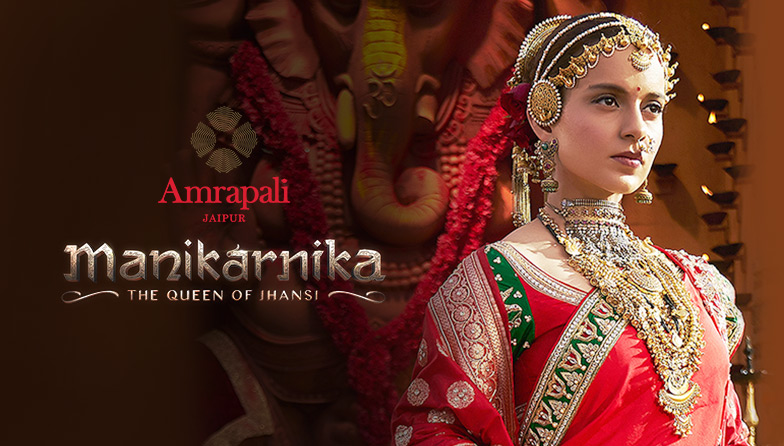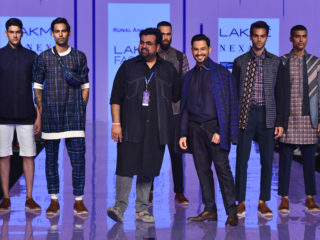Amrapali has made a name by taking traditional Indian jewelry arts and making them more accessible to global audiences. Founded in 1978 by Rajiv Arora and Rajesh Ajmera in Jaipur, India, the brand now has store in 10 countries worldwide including the US, the UAE, Pakistan, China and Nigeria. The brand has three core lines; Amrapali Jewels for fine jewelry, Tribe by Amrapali for silver jewelry and Legends by Amrapali, a line with a more western aesthetic. Also, check our their new Bollywood movie collection for the Manikarnika, Queen of Jhansi.
Rajiv and Rajesh, college friends, founded Amrapali when the two of them fell in love with the traditional jewelry of India. Abhi Kothari, CEO of Amrapali USA says, “That’s basically how Amrapali started. First, Rajiv and Rajesh would go to these small villages and they would see people make jewelry in the traditional way basically hammering things like metals and all with their hands. They fell in love with that and said, these things should not go due to the advent of technology. So, what they did was to tell the indigenous people to continue making jewelry like they did for generations. They commissioned pieces but did tell them to make a few changes so that the pieces become more wearable in a modern world.”
What’s New for Brides and Grooms
Abhi states, “Right now jadau and kundan are very big and also a bit of color. Right after our Baahubali collection, people started to ask for a lot of color as well. In terms of color, what is traditionally popping up for brides is reds: rubies, tourmalines, basically, any kind of red stones. We also see blues and greens and those are the second most popular colors for brides after reds.
“Men are also wearing more jewelry. They are wearing sapphires and tanzanites. Normally, men will wear buttons for their kurtas, cufflinks and even rings. More traditional people may wear seven-layered malas which is basically pearls for the most part. They may also wear jewelry for the sarafas or turbans. The jewelry usually goes with the attire they are wearing.”
True to keep the jewelry arts alive, the brand operates an Amrapali Museum of Jewellery, a 6,500 sq ft space in Jaipur that showcases traditional Indian Jewelry.















